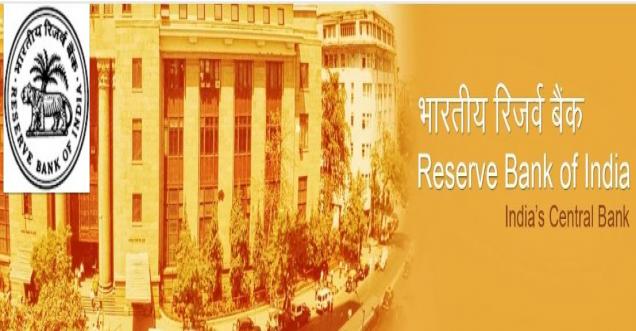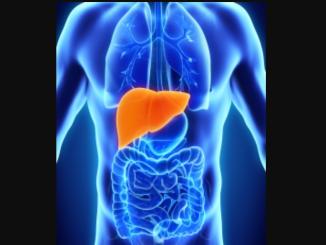
India, New Delhi, RBI: The Reserve Bank of India today released the March 2018 issue of its monthly Bulletin. It includes two Articles and Current Statistics. The articles are on ‘Survey on Computer Software and Information Technology Enabled Services Exports: 2016-17’, and ‘Quarterly Estimates of Households’ Financial Assets and Liabilities’.
- Survey on Computer Software and Information Technology Enabled Services Exports: 2016-17
The article provides information on export of computer software and information technology enabled services (ITES) as per nature of activity, type of services (on-site/off-site), export destinations and modes of supply (cross-border supply, consumption abroad, commercial presence and presence of natural person). The 2016-17 round of the survey covered 1,362 companies, including most of the large companies, which together accounted for over 80 per cent of the total estimated software exports during the year.
Major highlights of the article are as follows:
- India’s total export of computer services and ITES/ business process outsourcing (BPO) services (excluding commercial presence) increased by 10.3 per cent during 2016-17, in US dollar terms.
- Computer services continued to be the dominant component of India’s software services exports and engineering services have gradually increased their contribution in overall ITES exports over the last decade.
- The off-site mode remained the preferred mode of delivery.
- Cross-border supply remained the principal component of export of software services though Indian companies are providing more software services through foreign affiliates.
- Exports of software services witnessed diversification in terms of destinations and invoicing currency.
The data relating to the results of Survey on Computer Software & Information Technology Enabled Services Exports: 2016-17 were earlier released on the RBI’s website on December 8, 2017.
- Quarterly Estimates of Households’ Financial Assets and Liabilities
Households play a vital role in an economy as factors of production, as consumers, and as a source of financing for investment through savings. Availability of higher frequency financial information on this sector is, therefore, desirable for a better assessment of macroeconomic conditions. This article presents a mapping of financial assets and liabilities of the household sector on a quarterly basis, following the flow of funds approach for the period Q1:2015–16 to Q2:2017–18.
Major highlights of the article are as follows:
- Financial assets of the Indian households are predominantly in the form of bank deposits followed by life insurance funds.
- On the liabilities side too, commercial banks are the largest source of household borrowings.
- Shift in the financial portfolio of the sector from currency to deposits was observed in Q3:2016-17 in the wake of demonetisation, which reverted to normal levels in subsequent quarters.
- Investment in retirement funds and mutual funds picked up in 2017-18 so far, i.e., up to Q2:2017-18.



























